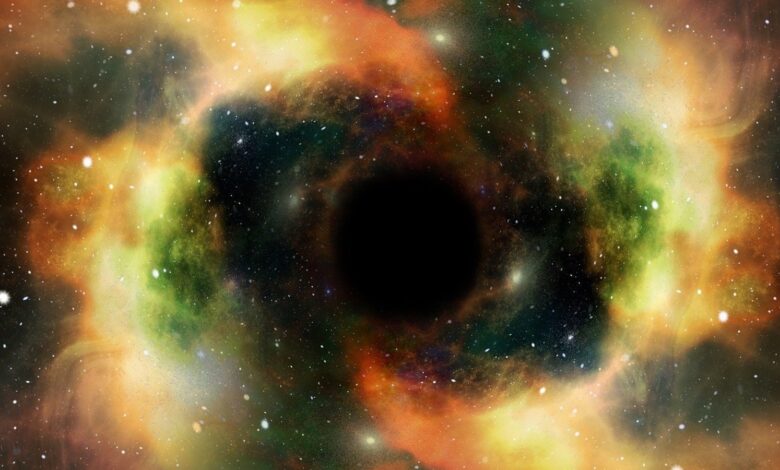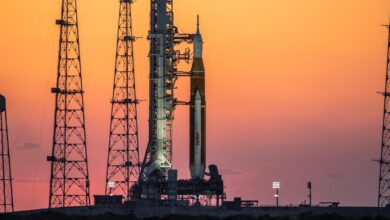Hubble Space Telescope Discovers Surprising Number of Black Holes Formed Soon After the Big Bang: Report

Researchers from Stockholm University’s Department of Astronomy have discovered a surprising number of black holes in the early universe. The discovery, made possible by NASA’s Hubble Space Telescope, identifies black holes in faint galaxies that formed shortly after the Big Bang. The findings contribute to a deeper understanding of how supermassive black holes form and how they influence galaxy evolution. The data comes from extensive Ultra Deep Field observations collected over many years.
Supermassive black holes discovered in distant galaxies
An important result of study is the identification of supermassive black holes at the centers of galaxies that formed within a billion years of the Big Bang. These black holes possess masses equivalent to billions of suns, significantly exceeding previous predictions. Alice Young, a PhD student at Stockholm University and co-author of the study published in Letter from the Astrophysical Journalsuggests that these black holes originated from extremely massive or rapidly growing objects in the early universe.
Read more: Google to explore more AI opportunities in India: Google CEO Sundar Pichai
Measuring black holes through brightness changes
The team made repeated observations of the same region using Hubble over several years. This allowed them to detect variations in the galaxy’s brightness, revealing the black holes flickering as they consumed matter in bursts. Matthew Hayes, lead author and professor at Stockholm University, explained that the findings enhance models for understanding how black holes and galaxies evolve and interact over time.
Read more: iPhone designer confirms working with OpenAI on a ‘secret’ AI device
Impact on galaxy formation Understanding
The study suggests that black holes likely emerged from the collapse of massive stars in the first billion years of the universe. These results provide a refined view of the evolution of black holes and galaxies, allowing for more accurate scientific models. Hayes stressed the importance of understanding the formation mechanisms of early black holes in the context of galaxy evolution. He noted that integrating these insights with models of black hole growth could lead to more well-founded calculations of galaxy evolution.
Read more: Coldplay Ticket Sales: BookMyshow Fails! Website and App Crash at 12pm
NASA’s James Webb Space Telescope continues to observe phenomena that could shed further light on the origin of supermassive black holes after the Big Bang.




